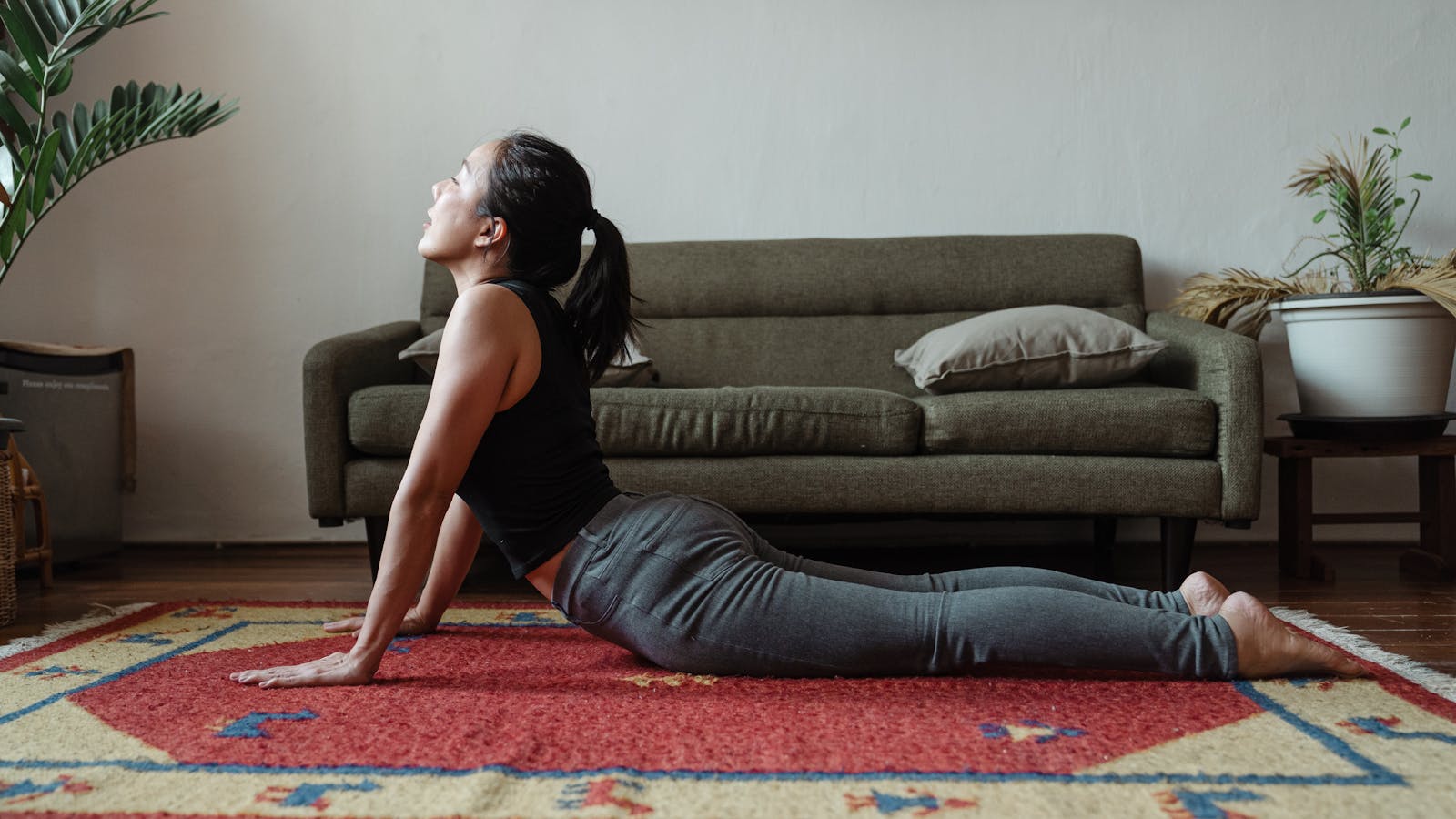Lower right back pain significantly affects adults’ quality of life. Causes include poor posture, muscle strain, and serious medical conditions. Stress and mental health also contribute to this complex issue. Understanding these factors aids in diagnosis and treatment. This text explores lower right back pain’s prevention and management.
Understanding Lower Right Back Pain
Lower right back pain is a common ailment in adults, stemming from various factors like structural issues or emotional stress, impacting quality of life. Pain psychology, the study of emotional and mental influences on pain perception, is key in addressing this issue. Unmanaged, these influences can intensify pain, creating a stress-discomfort cycle. Regular exercise aids in managing lower right back pain by strengthening back muscles, enhancing mobility, promoting a healthier lifestyle, and acting as a natural painkiller through endorphin release. It also reduces stress levels, thus helping to lessen pain intensity. Understanding these factors offers a holistic approach to managing lower right back pain.
Common Causes of Back Pain
Poor posture is a significant trigger of lower right back pain. Certain diseases also induce back pain, necessitating an understanding for effective management and treatment.
Identifying Back Pain Triggers
Identifying triggers for lower right back pain is crucial. Common causes encompass improper exercise, lack of physical activity, and chronic stress. Exercise can strain back muscles and ligaments, leading to pain. Conversely, insufficient exercise can result in weak, unused back and abdominal muscles, causing pain due to poor support. Chronic stress can induce muscle tension and spasms, particularly in the lower back, triggering pain. Recognizing these causes can aid in managing and preventing lower right back pain.
Impact of Poor Posture
Poor posture, a common cause of lower right back pain, compromises spinal alignment. Modern lifestyles often worsen this, with sedentary behavior leading to prolonged incorrect positions that strain the lumbar area. This chronic strain triggers pain, muscle stiffness, and nerve compression in severe cases. Ergonomic solutions, including adjustable workstations, supportive seating, and frequent movement breaks, can reduce these risks by encouraging correct spinal alignment. Posture-enhancing exercises and regular physical activity can strengthen back muscles, offering additional spinal support. Addressing poor posture can significantly decrease the chance of lower right back pain.
Diseases Causing Back Pain
Inflammatory diseases like arthritis or spondylitis contribute to lower right back pain by causing spinal joint inflammation, leading to chronic discomfort and limited movement. Genetic predispositions also influence back pain, as certain inherited traits heighten susceptibility to disc degeneration or spinal abnormalities, causing persistent back pain. Therefore, for accurate diagnosis and treatment, medical consultation is essential.
Identifying the Symptoms
Identifying symptoms is crucial in understanding and treating lower right back pain. Symptoms can vary from mild discomfort to severe pain, appearing as a constant dull ache or sharp, fluctuating sensation. The severity and type of pain can indicate different conditions: intermittent, stabbing pain may suggest kidney stones, whereas persistent, throbbing pain could point to muscular issues.
The duration of pain is also key. Acute pain, lasting up to six weeks, could be due to injury or strain. Chronic pain, persisting beyond six weeks, may indicate serious conditions like degenerative disc disease.
However, professional medical diagnosis is vital for accurate interpretation and treatment, ensuring appropriate action to relieve pain and address its cause. This approach optimizes the management of lower right back pain.
Serious Conditions to Consider
Lower right back pain, often attributed to benign causes, may signify severe conditions like kidney-related issues, spinal disorders, or muscular strains. Understanding these serious conditions aids early detection and effective treatment. The ensuing sections delve into these conditions meticulously.
Identifying Kidney-Related Issues
Kidney-related issues, like kidney stones and urinary tract infections (UTIs), can cause lower right back pain. Immediate medical care is needed due to possible severe health implications. Kidney stones, mineral and salt deposits, can cause acute pain during passage through the urinary tract. UTIs, resulting from bacteria entering the urinary system, cause inflammation and pain. Both conditions may present as lower right back pain. Persistent back pain with symptoms like fever, nausea, or urination changes calls for immediate medical attention.
Understanding Spinal Disorders
Is lower right back pain indicative of a serious spinal disorder? Yes, continuous discomfort might point to underlying spine issues. Spinal Aging, a natural process, can alter spine structure, causing pain through ligament thickening, bone spurs, and disc degeneration. Disc Degeneration refers to the wearing down of intervertebral discs, the spine’s shock absorbers, leading to potential vertebrae friction and pain. While more common in older individuals, these conditions can occur at all ages. Therefore, consistent lower right back pain should not be overlooked as it may signal a severe spinal disorder.
Role of Muscular Strains
Muscular strains, often due to overextension, tearing or poor posture, significantly contribute to lower right back pain. This condition can severely impact daily activities. Stress amplifies this pain by inducing muscle tension. In contrast, regular exercise, by fortifying back muscles and enhancing flexibility, promotes improved posture and thus, reduces strain and pain. Additionally, exercise aids stress management, further diminishing strain on the lower back. While conservative treatments typically manage muscular strains, persistent or severe pain requires medical intervention.

The Role of Postural Imbalance
Is postural imbalance crucial in intensifying lower right back pain? Yes, it is significant. Imbalanced posture strains muscles, escalating discomfort in the lower right back.
Two practical solutions are balance exercises and ergonomic adjustments. Balance exercises, such as one-leg standing, heel-to-toe walk, and leg lifts, fortify core muscles, enhance stability, and alleviate strain. Ergonomic adjustments, including monitor height modification, lumbar-supporting chairs, and sleep position changes, encourage proper posture, assisting postural imbalance correction. These interventions can reduce lower right back pain.
Impact of Lifestyle Choices
Lifestyle choices like dietary habits and physical activities often affect lower right back pain severity. Sedentary behavior, prevalent in the digital age, contributes to back pain through muscle weakening and reduced blood circulation due to extended inactivity.
Smoking also exacerbates back pain. Nicotine’s effect on blood vessels leads to reduced blood flow, accelerating disc and vertebrae aging and degeneration, subsequently causing persistent lower right back pain. Additionally, smoking delays healing, extending recovery periods post injury.
Poor dietary choices resulting in obesity add stress on the lower right back. Excess weight shifts the pelvis forward, straining the lower back.
Non-Surgical Treatment Options
Non-surgical lower right back pain treatments include physical therapy, medication, lifestyle changes, and diet adjustments. Each method’s effectiveness and benefits vary according to individual needs.
Physical Therapy Techniques
Physical therapy techniques address lower right back pain non-invasively, enhancing mobility and reducing discomfort. These techniques encompass therapeutic exercises, customizing them to an individual’s needs to strengthen back muscles, improve flexibility, and promote better posture.
Additionally, manual manipulation, a crucial element of physical therapy, involves the hands-on movement of the spine or other body parts to alleviate tension and promote healing. Skilled therapists perform this method, often achieving immediate pain relief.
Medication for Relief
Non-surgical medication options, including nonsteroidal anti-inflammatory drugs (NSAIDs) and prescription medicines, provide relief for lower right back pain. NSAIDs like ibuprofen, opioids, and muscle relaxants reduce inflammation and block pain signals to the brain. Herbal remedies like turmeric and willow bark, recognized for their anti-inflammatory and pain-relieving properties, offer a natural alternative for back pain management. Consultation with a healthcare provider before initiating any new medication regimen ensures safety and efficacy.
Lifestyle and Diet Changes
Regular exercise and balanced diet are non-surgical treatment strategies for lower right back pain. Exercise strengthens back muscles, reducing injury risk. A nutrient-rich diet aids in weight control, lessening back pressure. Stress management, through mindfulness and yoga, mitigates muscle tension-induced back pain. High-quality sleep is essential to prevent aggravation of back pain symptoms.
Pain Management Techniques
Effective pain relief for lower right back pain can be achieved through acupuncture and yoga. Acupuncture, a traditional Chinese therapy, can reduce inflammation, relax muscles and improve blood circulation by stimulating specific body points to trigger natural healing. Yoga, originating from ancient India, can manage back pain through various practices like cat-camel stretch and child’s pose, which stretch and strengthen lower back muscles, enhance flexibility, and improve posture. These techniques should complement conventional medical treatment, under medical professional guidance, and be correctly practiced to prevent further injury.

The Benefits of Physical Therapy
Physical therapy is an effective treatment for lower right back pain. It offers improved mobility, pain reduction, and injury prevention. Therapists create individualized exercise plans targeting pain sources, thus providing long-term relief.
Therapeutic exercise strengthens back muscles, improves posture, and reduces spinal strain. Flexibility and endurance exercises enhance motion range, fostering mobility and preventing re-injury.
Physical therapy uses heat or cold therapy, electrical stimulation, and massage for pain reduction. These techniques alleviate muscle tension and stimulate blood flow, accelerating healing.
Physical therapy educates patients on body mechanics and home exercises, enabling them to manage pain independently. It provides a comprehensive approach to lower right back pain management.
When to Consult a Doctor
Seek medical advice for lower right back pain in these scenarios:
- Persistent pain: If lower right back pain is unrelieved after two weeks of rest, physical therapy, or pain medication, consult a doctor. Chronic pain could signal a deeper health issue.
- Symptom accompaniment: Immediate medical consultation is crucial if back pain coexists with symptoms like weight loss, fever, or leg numbness/weakness. These could indicate serious conditions like infection or neurological problems.
- Emergencies: Seek immediate medical help if back pain is sudden, severe, or follows a traumatic event like a fall or accident. These situations require immediate intervention.
Preventing Future Back Pain
To prevent future lower right back pain, adopt a routine involving regular exercise, stress management, and good ergonomics. Exercise strengthens spine-supporting muscles, reducing back pain recurrence risks. Focused exercises for the lower back offer added protection. Chronic stress, a contributor to muscle tension and inflammation, can lead to lower right back discomfort or pain. Techniques like deep breathing, meditation, and yoga can maintain low-stress levels, reducing back pain risks. Good posture, especially during long sitting or standing periods, prevents strain. Correct workstation setup supports the back and promotes good posture. In essence, a combination of regular exercise, stress management, and proper ergonomics prevents back pain.
Case Studies and Success Stories
Case studies and success stories provide insights into successful lower right back pain management.
- Case Study 1: A 45-year-old man found significant relief from chronic lower right back pain through customized chiropractic adjustments. The treatment improved his life quality by reducing pain and restoring normal activities.
- Case Study 2: A 30-year-old woman alleviated persistent lower right back pain using targeted yoga asanas. The practice enhanced her flexibility, strength, and reduced pain.
- Success Story: A 50-year-old man, suffering from long-term lower right back pain, found relief through a holistic approach. The approach combined chiropractic adjustments, yoga, and lifestyle changes, improving his overall health and reducing pain.
These cases demonstrate the effectiveness of different strategies in managing lower right back pain.
Frequently Asked Questions
What Food or Dietary Changes Can Help Alleviate Lower Right Back Pain?
Adopting an anti-inflammation diet, rich in foods with anti-inflammatory properties and maintaining optimal hydration, can potentially mitigate lower right back pain.
Can Stress or Emotional Factors Contribute to Lower Right Back Pain?
Indeed, stress and emotional factors significantly contribute to lower right back pain. Utilizing stress management techniques can mitigate this pain. Neglecting emotional health amplifies the issue, underscoring the importance of stress management.
Are Sleep Patterns Linked With Lower Right Back Pain?
Indeed, sleep patterns impact back health, leading to possible lower right back pain. Poor sleep posture strains the back, causing discomfort. Posture analysis or ergonomic assessment could rectify sleep-related posture issues.
Does Lower Right Back Pain Affect Pregnancy or Childbirth?
Lower right back pain can impact pregnancy and childbirth. Pain management techniques and posture improvement may reduce complications. Consultation with a medical professional is necessary for specific issues.
Can Specific Exercises Aggravate Lower Right Back Pain?
Indeed, certain exercises can exacerbate lower right back pain. Improper posture correction exercises can heighten discomfort. Hence, correct techniques and professional guidance are crucial before initiating routines. Pain medications may provide temporary alleviation.

